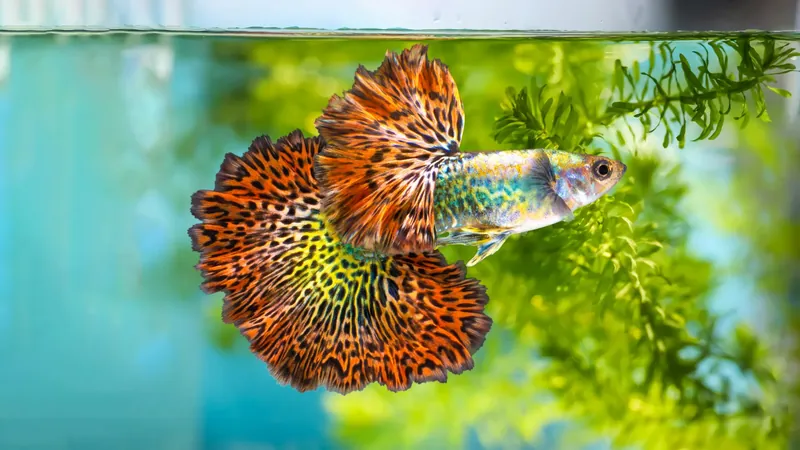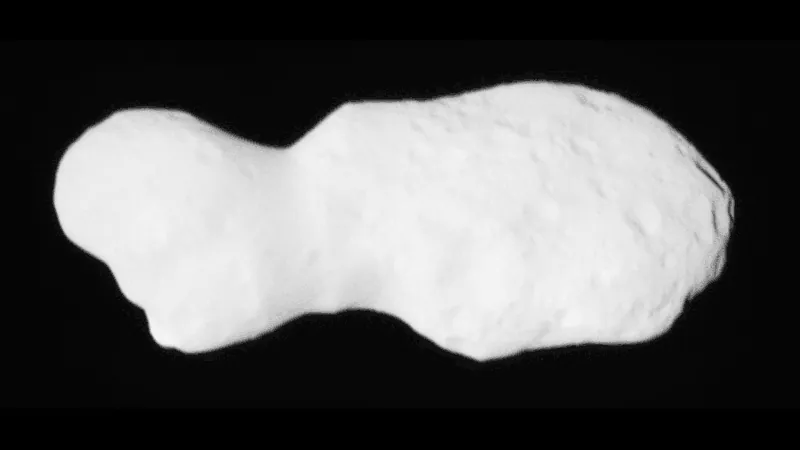
New Study Reveals Critical Link Between Fish Gill Size and Oxygen Uptake!
2025-06-05
Author: Amelia
The Oxygen-Size Dilemma in Fish Growth
In the fascinating world of aquatic biology, the relationship between oxygen and fish growth has sparked intense debate. A groundbreaking new study sheds light on this complex topic, revealing how gill size directly impacts the oxygen uptake crucial for fish development.
Understanding the Gill Oxygen Limitation Theory
At the heart of this discussion lies the Gill Oxygen Limitation Theory (GOLT), which suggests that as fish grow larger, their gill surfaces fail to meet their escalating oxygen demands, ultimately restricting their growth. Dr. Daniel Pauly, the study's lead author and principal investigator for the Sea Around Us initiative, explains: "Gills are two-dimensional structures, while fish bodies expand in three dimensions. This mismatch means that larger fish have less gill area to draw in oxygen, limiting their growth potential."
Revisiting Previous Assumptions
Previously, some researchers argued that discrepancies between oxygen consumption and gill growth invalidated GOLT. However, the new research, published in the journal Fishes, aggregates data from 33 fish species to assert that these minor differences are not evidence against GOLT but rather results of developmental variations and environmental influences on gill function.
New Insights and Calculations
Dr. Pauly and co-author Dr. Johannes Müller employed meticulous calculations to evaluate how oxygen usage correlates with gill surface area across different species. Their findings reveal that even when oxygen consumption rates and gill growth do not match perfectly, the essential premise of GOLT holds strong.
Developmental Changes Make a Difference
Contrary to earlier studies that suggested significant discrepancies, the research disclosed that variations arise from developmental changes in gill structure, environmental factors affecting oxygen absorption, and statistical errors in the data collection process. Dr. Müller remarked, "While some datasets showed differences, the overall mismatch between oxygen consumption and gill growth is not significant."
Conclusion: Gill Surface Area is Key!
The findings underscore that gill surface area is still a crucial determinant of oxygen availability, highlighting its vital role in fish growth. With this newfound understanding, researchers continue to enhance our grasp of aquatic ecosystems and the physiological challenges faced by fish as they adapt to their environments.









 Brasil (PT)
Brasil (PT)
 Canada (EN)
Canada (EN)
 Chile (ES)
Chile (ES)
 Česko (CS)
Česko (CS)
 대한민국 (KO)
대한민국 (KO)
 España (ES)
España (ES)
 France (FR)
France (FR)
 Hong Kong (EN)
Hong Kong (EN)
 Italia (IT)
Italia (IT)
 日本 (JA)
日本 (JA)
 Magyarország (HU)
Magyarország (HU)
 Norge (NO)
Norge (NO)
 Polska (PL)
Polska (PL)
 Schweiz (DE)
Schweiz (DE)
 Singapore (EN)
Singapore (EN)
 Sverige (SV)
Sverige (SV)
 Suomi (FI)
Suomi (FI)
 Türkiye (TR)
Türkiye (TR)
 الإمارات العربية المتحدة (AR)
الإمارات العربية المتحدة (AR)